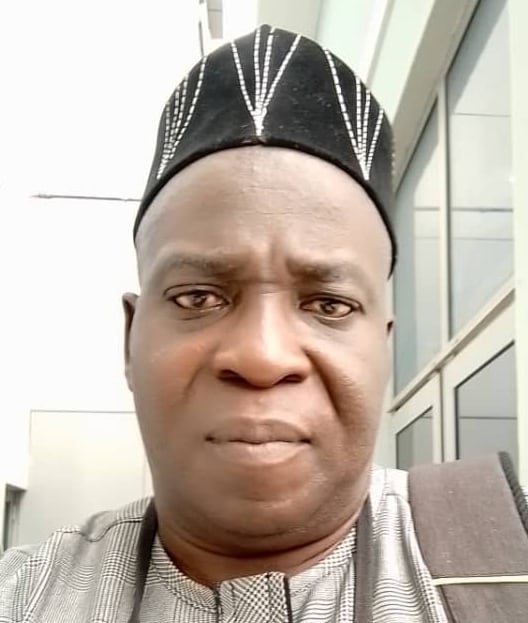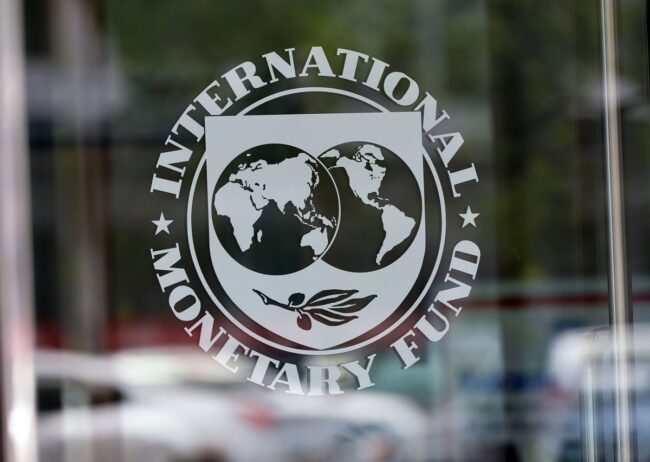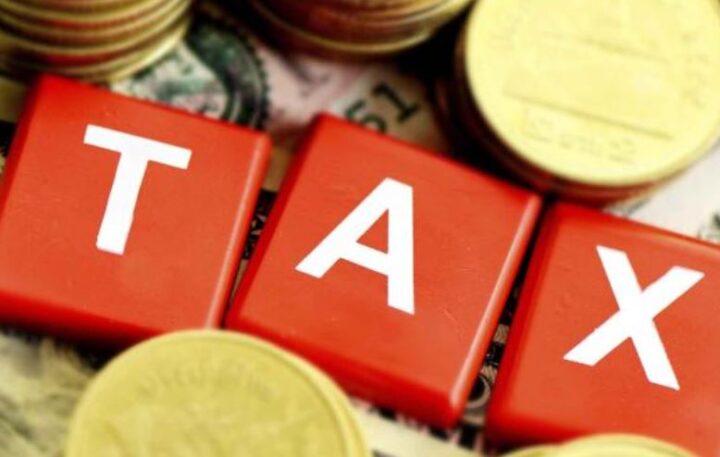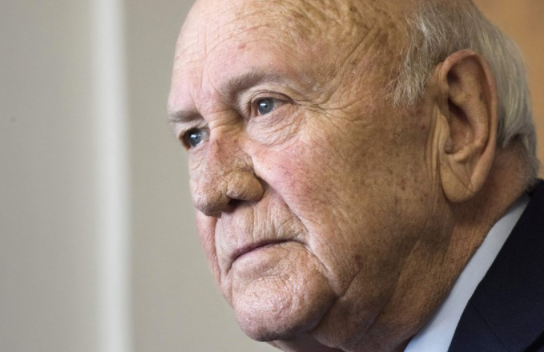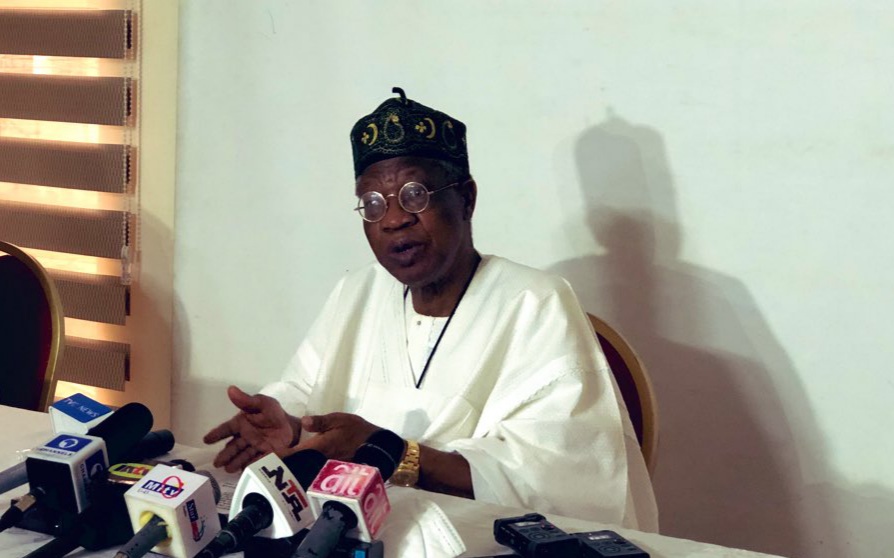Next year, as ordered by the International Monetary Fund (IMF), Nigerians will be paying N340 (which could rise up to N400 or more) a litre for premium motor spirit (PMS), popularly known and called petrol.
If our government officials are to be believed at the current price of N160 per litre government subsidises the product by N1.8 trillion naira annually and this can no longer be sustained. As the argument goes, the retention of this humongous subsidy is inefficient as it benefits only a few privileged individuals in the system and not the people to whom it is meant. The government also says that at the current price which is cheaper than what obtains in the neighbouring countries, this serves as an incentive to those who smuggle it out for the double, sometimes triple prices it can fetch across the border. The amount so saved from the withdrawal of the subsidy can now be channelled towards sectors like transportation, health and education that can directly benefit the populace.
On this score, most Nigerians believe the government is trying to hide behind a finger. They know for sure that behind all the song and dance about the removal of subsidy is the IMF which has ordered the move which our government will sheepishly as it has done before comply and implement. As our government fears the IMF more than it fears God and the populace to which it should be responsible and accountable it will seek to impose these toxic economic policies on Nigerians come what may next year not minding the severe social, economic and political consequences to the people and even itself. The government will not be able to ask why it must implement these policies that the IMF has been repeating to no positive effect in the country since I was a kid in my diapers (I am now a senior citizen) without the little benefit of considering the global changing times and the peculiarities of Nigeria.
So what is this IMF that the mere mention of which reduces our government officials to fits of idiotic apprehension, grovelling, abject and pathetic lack of ballsy?
Advertisement
The IMF formed in 1944 was the theoretical brainchild of then US treasury secretary, Harry Dexter White and British economic philosopher John Maynard Keynes. It was at a little known town of Bretton Woods which was located at an equally off the beaten track US state of New Hampshire where the two economists, one leading the US team and the other the British, respectively put together the framework for the establishment of both the IMF and its twin, the International Bank for Reconstruction and Development, better known as the World Bank. Hence the term Bretton Woods Institutions is often ascribed to the two.
The background for the formation of the IMF was provided by the economic depression of the 1930s which saw the leading countries of the world mounting mercantilist and protectionist economic policies as they tried to shield their economies from being swamped. The devastation of the Second World War in which countries became bankrupt also contributed to the necessity and urgency of setting up a worldwide system of monetary control which was to stabilize the currencies and by implication the major economies of the world.
But in setting up the IMF which the US prospered during the war and emerged as the largest economy in the world there was also an underlying and unspoken agenda; to safeguard and protect the supremacy of the white Caucasian civilisation against the black and brown peoples of the world.
Twice within the space of two decades from 1914 to 1918 and from 1939 to 1945 the major white Caucasian countries of the world had engaged themselves in devastating wars in which in the end left none of them winners from the massive scale of destruction wrought. And the danger was clear that the myth of white supremacy which they had all along maintained was about to be further eroded not just by the bankruptcy and total collapse of their economies but also by the imminent liberation and independence of the black and brown peoples of the world from the colonial yoke and subjugation of the dominant white countries.
Advertisement
As the only white country to emerge unscathed from the war and from which its economy grew exponentially the US saw itself as the bulwark of white civilisation in the unfolding post-war era. And from these two scenarios emerged; to establish the global economic and political hegemony of the US and to revive, prop up and restore the major white states economically and politically under its orbit in the overall strategy of ensuring that the black and brown people of the world do not upstage the white Caucasian civilisation.
This was the underlying thought that informed the formation of the IMF and World Bank by the US after the Second World War. The IMF which was the economic surveillance and policy think tank of this agenda and considered junior to the World Bank was to be headed by a European. The World Bank which is where the policy agenda will be practicalised through projects and programmes and the disbursement or access to the funds is always headed by an American. Both institutions are however headquartered in the American capital of Washington D.C and their offices are located cheek and jowl in the city. And although the IMF is always headed by a European managing director, there is an unmistakable air of American dominance and control through the deputy managing director of the institution who is always an American.
So what does the IMF do theoretically and practically in this context?
In keeping with the agenda of the US for the IMF, in the early years of its existence, the effort was in providing exchange rate stability for currencies of the world backed by the gold reserves of the US. This was a favourable arrangement for most of the member states of the IMF at the time which were mostly white Caucasian countries. And thus against the cushion of US backing for their currencies with its gold reserves, countries like France, Britain, West Germany, Belgium, the Scandinavian countries etc, were able to quickly recover.
Advertisement
But in 1971 the US decided — in what is regarded as “the Nixon shock” (so called because it was approved by President Nixon)– to abruptly cease this exchange arrangement and facility. Instead of gold backing for the dollar as is the practice, the US decided to float the dollar effectively removing the guaranty it had pledged to provide in stabilising exchange rates. The US justified the move with the explanation that since a number of countries had substantially recovered from the effects of the Second World War; there was no need for it to continue to support their currencies with its gold reserves.
While this was true to a certain extent, in reality, it was only half of the story which the US was not willing to own up.
(To be continued)
Gadu can be reached via 08035355706 (SMS only)
Advertisement
Views expressed by contributors are strictly personal and not of TheCable.
Add a comment
